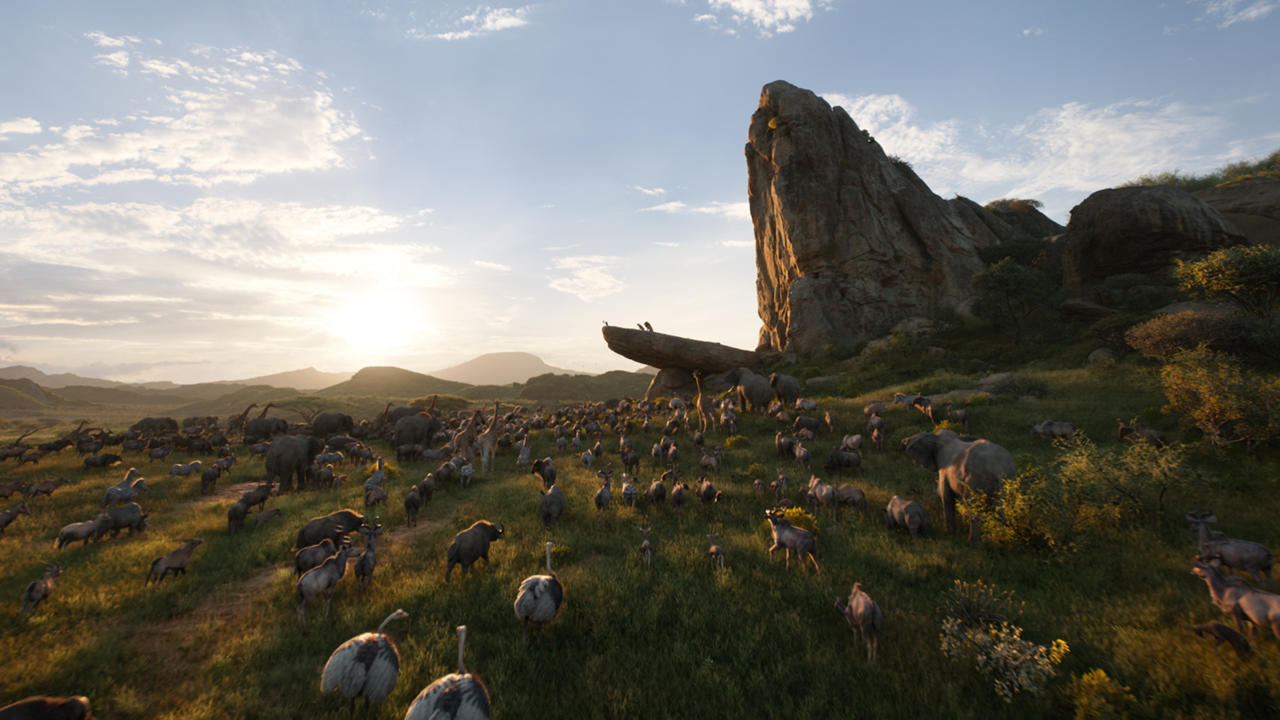While on the surface, Disney's latest live-action remake looks a lot like the 2016 adaptation of The Jungle Book--and even has the same director in Jon Favreau--the new Lion King was actually crafted very differently. That's due, in large part, to the technology used to make the film.
During a press conference to promote the film, Favreau revealed that his take on Jungle Book owed a lot of its technique and style to James Cameron's 2009 film Avatar. "In Jungle Book, we were essentially using the same motion capture technology for performers and cameras as had been developed ten years prior for Avatar," he explained. For The Lion King, though, the technology used to make the CGI-film took a major jump forward. In particular, advances in virtual reality allowed him to create an interactive version of the movie's setting.
"Towards the end of [Jungle Book], there was a whole slew of consumer-facing VR products that were hitting the scene. And we started experimenting with it at the end of Jungle Book and realized that we could build this really cool system of filmmaking using game engine technology and this new VR technology," he explained.

The engine in question is Unity, which is also used in the development of several games, from Hearthstone to Cuphead to Rick and Morty: Virtual Rick-ality. When it came to The Lion King, the engine and VR technology allowed Favreau to create a virtual Pridelands that both his cast and crew could fully explore.
"[He] did an amazing job with this," JD McCrary, who voices young Simba, recalls. "So it was me and Shahadi and Mr. Favreau. We put on the headsets, we had these little controller things in our hands, and we could fly. It was like we were Zazu. We were birds. We were whatever we wanted to be. And we saw everything. We saw the Pridelands. We saw Pride Rock. We saw the watering hole. We saw the elephant graveyard. We saw it all, man. And it was so cool."
More than allowing his cast to experience the setting they'd be acting in, though, the virtual Pridelands helped Favreau and his team decide how best to film the movie. Describing the program as a sort of "multiplayer VR filmmaking game," the director noted how it allowed those on the crew without extensive visual effects backgrounds to view the set as if it were a physical location. "The crew would be able to put on the headsets, go in, scout, and actually set cameras within VR," he said. "And whenever anybody visited, I would pop them into the equipment."
"It's like watching your favorite movie, but, like, you're in it," McCrary mused. "You're in the movie." Now Disney just needs to release that VR program for the rest of the world to play with. In the meantime, The Lion King is in theaters on July 18.
